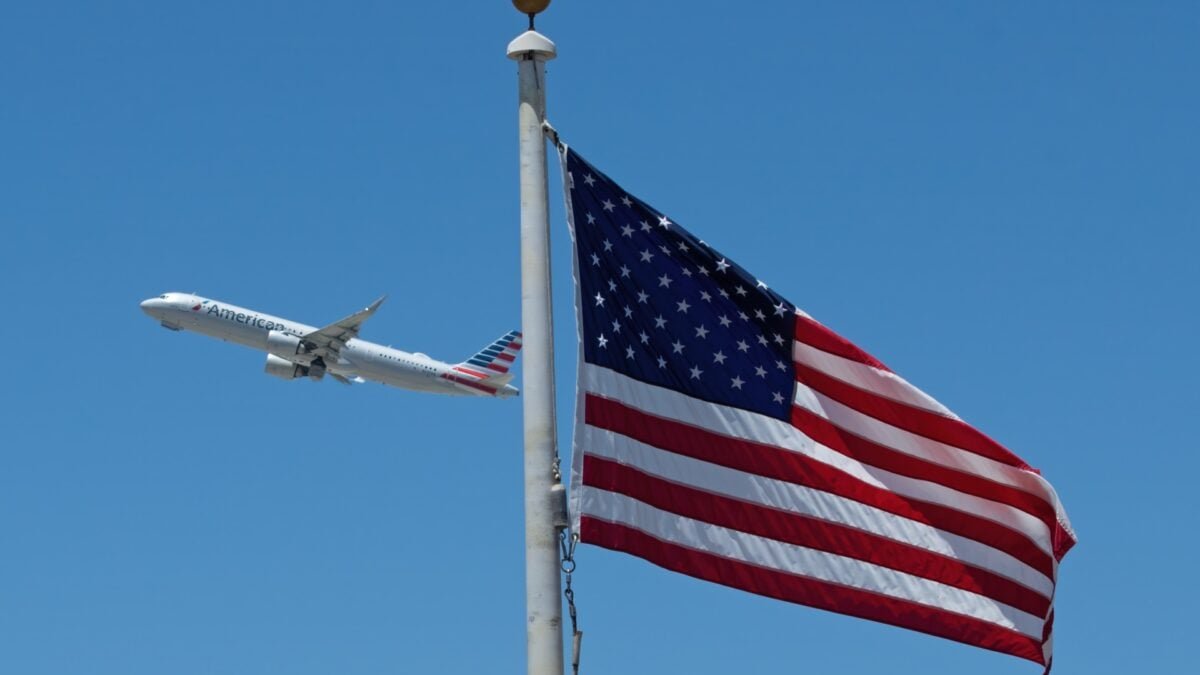
The longest government shutdown in US history is officially over.
Congress finally approved a funding bill on Wednesday night, effectively ending the government shutdown into its 42nd day.
The shutdown dealt a blow to everyday life, as every employee on the government’s payroll was either furloughed or forced to work hard without pay. One of the industries most disrupted was air travel, as already overworked and understaffed air traffic controllers were forced to take sick days to free up time for additional sources of income.
Nearly 3,000 flights into, out of or into the United States were canceled and 11,229 flights were delayed on Sunday, according to FlightAware data. Officials said this number is equivalent to the impact of a mild snow storm.
Cancellations peaked in response to FAA-mandated flight reductions at 40 major airports, which started at 4% on Friday and increased to 6% on Tuesday. The flight reductions were issued as a measure to combat the real threat to safety posed by the shortage of air traffic controllers at some of the busiest airfields across the country. If no deal was reached, cancellations were to gradually rise to 10% on Friday, and Transport Secretary Sean Duffy had warned of future cuts of up to 20%.
You would think that with the end of the shutdown, the reduction in flights would also end. but it’s not like that.
As long as threats to safe air travel remain, the Department of Transportation will continue to cut flights.
“We will wait to see the data from our end before lifting travel restrictions,” Duffy said at a news conference Tuesday.
The decision to maintain the cuts will largely depend on how quickly those air traffic controllers who are still working can return to work. Last week, FAA Administrator Brian Bedford said that 20-40% of controllers at the 30 largest airports were not showing up for work.
But things are looking good. “Today is a good sign,” Duffy said Tuesday.
Air traffic controllers will be paid 70% of their previous salary to make up for missed pay checks within 24-48 hours of the government reopening. The remaining 30% will arrive about a week later, Duffy said.
President Donald Trump’s Truth social post Monday night also could help boost the number of air traffic controllers, raising the possibility of a $10,000 bonus for air traffic controllers working during the shutdown without pay. It is not certain whether that level of bonus will actually be awarded.
But even lifting the flight reduction order won’t be enough to ease the strain on air travel. Experts say that even after the flight curtailment ends completely, passengers will continue to face problems. With just two weeks left until Thanksgiving, which is set to kick off the busy holiday travel season, the air travel industry is bracing for the worst.
“We are preparing for record Thanksgiving travel, with nearly 31 million passengers, and a busy shipping season approaching,” industry group Airlines for America said in a statement Wednesday. “However, airlines cannot flip a switch and resume normal operations immediately after the vote – the impact will last for several days.”
Flights operate on a fixed timetable, which takes into account not only traffic in the air, but also where the crew and aircraft will be deployed for the next flight. So a cancellation could disrupt many other flights, turning into a scheduling nightmare that could take days to sort out.
Worse, the shutdown could increase the country’s existing air traffic controller shortage.
The shutdown came at a bad time, with the FAA already facing a severe shortage of air traffic controllers and American air travel rocked by deadly incidents like the deadly crash between a US military Black Hawk helicopter and an American Airlines regional jet in Washington DC earlier this year.
The DOT is working to address this, attempting to modernize the air traffic control system and increase the staffing of air traffic controllers. But the shutdown would likely be a setback for the department on its way to that goal.
At Tuesday’s press conference, Duffy said four air traffic controllers were retiring each day before the shutdown, but that number has now dropped to about 15 to 20.
“Long after you’ve all covered the shutdown, we’ll be stuck dealing with this problem. We’re about 2,000 controllers short, trying to make up that gap,” Duffy said.
